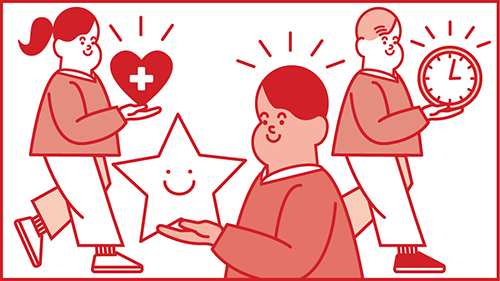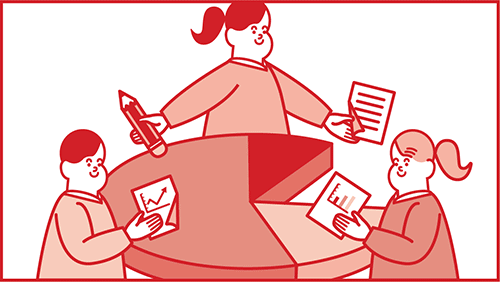Get more! Sign up for PLANSPONSOR newsletters.
PSNC 2017: Plan Design Elements of the Future
Among an array of first-day sessions at the 2017 PLANSPONSOR National Conference was one panel focused on plan design elements, including automatic enrollment features and online tools.
Kicking off the panel, live polling from plan sponsors disclosed that top industry concerns include low-rate participant saving and trouble retiring on time—or even at all. Other poll results found that just over half—51%—of sponsors do not offer a true-up match in their plan design, whereas 44% do, and 6% don’t know.
While 69% of plan sponsors fail to stretch their matching contributions, live polling concluded that efforts at implementing wellness features are effective, as 47% revealed that both one-on-one and online participant advice are offered to workers. On automatic escalation and re-enrollment, the poll revealed that 17% of sponsors utilize both features on a one-time basis, and 15% do so on a recurring basis.
According to Nate Nevas, director of global financial benefits and administration at Pitney Bowes (PB), and a panelist for the session, however, re-enrollment has yet to be integrated into Pitney Bowes’ plan. Because we have a legacy defined benefit [DB] plan, for those not participating as fully, it’s because of the pension plan,” he said.
Pitney Bowes doesn’t necessarily need a re-enrollment option. At a participation rate of 86.5%, the global eCommerce solution company initially provided a 2% default automatic enrollment, then raised it to 3%. When PB introduced automatic increase, the default auto-enrollment jumped to 6%. Today, all workers receive auto-enrollment and auto-increase at the start of employment, in an effort to ensure maximum participant saving.
“Our philosophy is we’re getting at them when they come in the door,” Nevas said.
At Owens-Illinois (O-I), Etta Strong, director of N.A. compensation and benefits, and also a panelist for the session, revealed that, even with auto-enrollment set at 4%, most O-I employees neglected to participate, because of existing DB plans. In 2015, O-I implemented its first re-enrollment sweep, and had another this spring.
The reaction?
“Surprisingly, very minimal noise or reaction, and it’s obviously sticking,” she said. O-I now has a 97% participation rate. The company employs a mandatory auto-escalation feature, increased at 1% each year to a maximum of 20%.
On financial planning services, Nevas noted that internet-based tools can connect a widespread company into one tight-knit entity, while being easily accessible to all. PB’s tool, named PB Project Living, assists employees on a nationwide scale and offers information on benefits, 401(k), pension plans and even personal health.
“Financial health, emotional health, physical health, they’re all interconnected,” he said.
Unlike Pitney Bowes, O-I utilizes in-person or calling features, including one-on-one advice and group meetings for the 19 plans. “Using online tools isn’t quite as effective, so being able to utilize calls is important to us,” Strong says.
Additionally, the company provides on-site meetings at least once a year with advisers from Pearl Street Investment Management visiting monthly. In terms of demographics, new hires, including Millennial and younger workers, tend to engage in one-on-one, personal meetings, she observed.
Nevas stressed the value these latest plan features can offer. For plan sponsors, not implementing them does workers a disservice, he suggested. “There’s this inertia that can work in so many different ways. When we don’t use auto features, it goes against our employees.”

